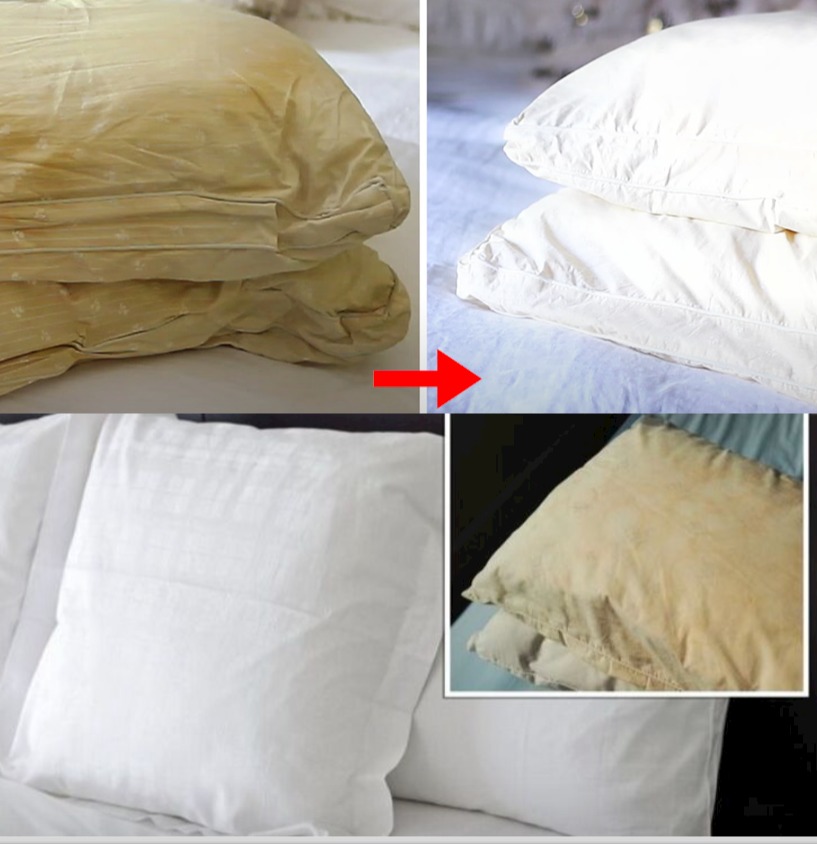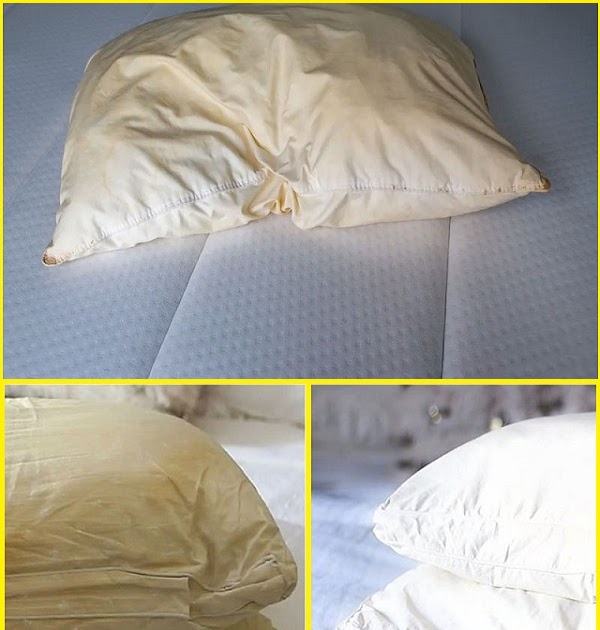

As we age, our pillows can lose their pristine white color and develop stains, despite being covered with pillowcases. This is because body fluids like sweat can seep through the fabric and build up dirt, grease, dead skin cells, and even mites. For those of us who suffer from allergies, it’s crucial to have clean pillows for a good night’s sleep and overall comfort. In this article, we’ll show you how to effectively clean your dirty pillows, ensuring a healthier and more restful sleep.
Choose the Right Pillow for Optimal Comfort
Before we dive into the cleaning process, it’s important to mention that choosing the right pillow is fundamental for a comfortable and rejuvenating sleep experience. Whether you prefer a soft or firm pillow, feather-filled, polyester fiber, or latex, the quality of your pillow matters. However, maintaining its cleanliness is just as vital. A pillowcase alone won’t protect your pillow from dirt and the yellow stains caused by nighttime perspiration. That’s why we’re sharing some useful tips to help you clean your pillows and restore their natural whiteness.
How Often Should You Clean Your Pillows?
To prevent your pillows from turning yellow, it’s essential to clean them regularly. Sweat secretion or perspiration during sleep is the primary culprit behind pillow discoloration. These bodily fluids create a favorable environment for the growth of bacteria and mites, which can thrive in your pillows and bedding. While some people may choose to replace their pillows as soon as stains appear, and others believe that pillowcases alone are sufficient, the recommended timeframe for washing pillows is at least every six months. As for your duvet, it’s recommended to wash it once a year. And here’s the best part – most pillows can be machine washed!
Cleaning Your Pillows
Now that you know the importance of keeping your pillows clean, let’s get into how to do it effectively. Follow these simple steps to restore your pillows to their former glory:
1. Check the care label on your pillow to ensure it can be safely machine washed. Most pillows, especially those made of polyester or feather-filled, can be washed this way.
2. If your pillow is machine-washable, place one or two in the washing machine, taking care not to overload it. This ensures that enough water can circulate to thoroughly clean them.
3. Add a mild detergent and half a cup of bleach to the machine. The bleach will help remove stubborn stains and kill any bacteria or mites that may be lurking in your pillows. If you prefer a more natural approach, you can use white vinegar instead of bleach.
4. Set the washing machine to a gentle cycle with warm water. Hot water can damage some types of pillows, so it’s best to stick to warm water.
5. Once the washing cycle is complete, give the pillows an extra rinse to ensure all the detergent and bleach are fully removed.
6. To dry your pillows, follow the care label instructions. Most pillows can be safely tumble-dried on a low heat setting. Adding a couple of dryer balls or clean tennis balls to the dryer can help fluff up the pillows and ensure an even drying process.
7. After they’re dry, give your pillows a good fluff and squeeze to make sure they’re fully dried and there are no clumps.
That’s it! By following these simple steps, you can effectively clean your dirty pillows, bringing back their whiteness and ensuring a healthier sleep environment. Remember to enjoy the fresh scent and clean feel of your newly washed pillows, and make it a regular part of your cleaning routine to maintain their cleanliness. Happy sleeping!